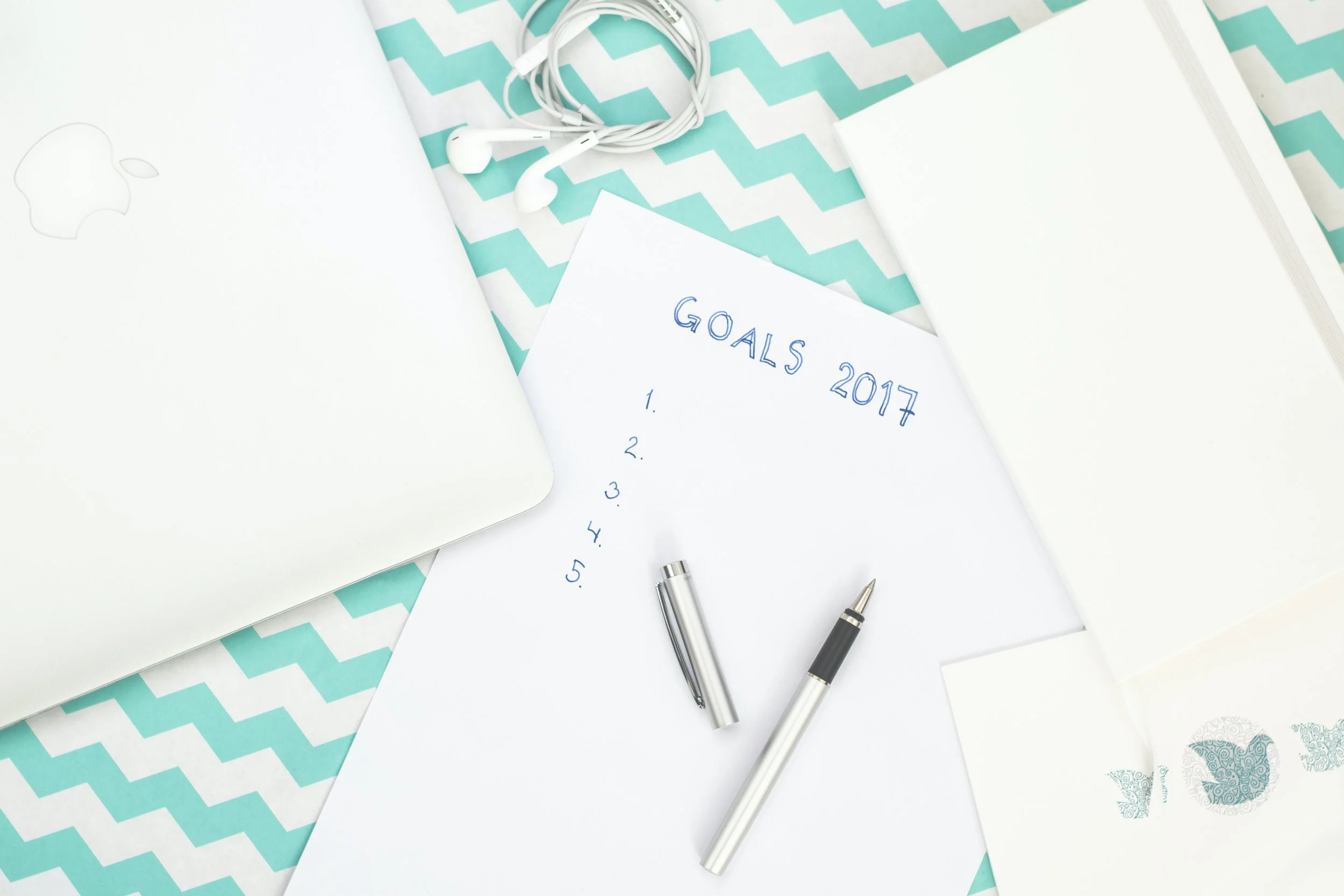Goals vs. Intentions - Finding What Drives You
What Are Goals?
Goals are the outcome that individuals or organizations want to achieve. Goals can be long-term, such as retirement planning or a college degree, or short-term, such as completing an assignment by a certain deadline. Setting goals allows us to map out our future and keeps us focused on what we need to do in order to get there.
It is important to remember that goals need to be realistic and achievable. Setting unreasonable goals can lead to frustration and disappointment. Additionally, it is important to set specific deadlines for meeting each goal in order to stay on track and motivated.
What Are Intentions?
Intentions are the actions we take, the decisions we make, and our mindset that help us to reach our goals. Intentions can be thought of as having a “why” behind the goal. Knowing your why — what drives you and motivates you — will provide clarity and focus towards achieving success.
It is important to have realistic intentions and be sure that they align with the goals you set for yourself. Focusing on achievable steps and having a positive attitude towards reaching your goal will help you stay motivated and on track.
What's the Difference?
The difference between goals and intentions is that goals are the outcomes you want to achieve, while intentions are the actions and attitude needed to reach those goals. Goals are long-term objectives or results, while intentions can be short-term steps along the way. Having clear goals and a plan of action with attainable and meaningful intentions will help ensure success.
Setting goals and intentions can seem daunting, but taking the time to reflect on what you want to achieve and then creating a plan for success will help make your dreams become a reality.
How Do I Determine What My Goals Are?
Setting goals can be a difficult process. Start by reflecting on what you want out of life and what makes you happy. Make sure that your goals are specific and clear, as this will help focus your intentions towards reaching them. You should also make sure the goals are measurable, attainable, relevant and timely (MART). MART is an acronym to help you set effective goals and intentions.
The following is an example of how to set your goals using MART:
• Measurable: I will save $500 a month for retirement.
• Attainable: I will contribute 10% of my salary to my retirement savings.
• Relevant: I will make sure that my retirement savings align with my long-term goals and objectives.
• Timely: I will review my retirement savings at least once a year and adjust my contributions as needed.
Once you have determined your goals, create a plan of action by breaking them down into smaller, achievable steps. Make sure to set deadlines for each step in order to stay motivated and on track. Having an attitude of positivity and determination can also go a long way towards achieving success.
With this, you can take control of your life and create the future you desire. If you sprinkle in some commitment and focus, anything is possible!
Goals are external and future oriented; they focus on doing.
Intentions are internal and present-day oriented; they focus on being. Ask yourself: “How do I want to show up?”
What Stops Us From Reaching or Pursuing Our Goals?
There are many things that can prevent us from reaching our goals. These can include:
Lack of motivation: We all have days where we feel unmotivated, which can lead us to give up on our goals.
Procrastination: This can cause us to miss deadlines and put off important tasks.
Fear of failure: This can lead to us avoiding risks and not taking action.
Lack of focus and commitment: It is easy to get distracted and lose sight of our goals.
Not setting achievable goals: Setting unrealistic goals can be discouraging.
Lack of resources: Having the right resources can be essential for success.
It is important to identify what might be preventing you from achieving your goals so that you can take steps to overcome them.
Goal-Setting Journal Prompts
1. How do I want to be remembered?
2. What values are important to me and will help me achieve my goals?
3. What does success look like for me?
4. What kind of legacy would I like to leave behind?
5. What actionable steps can I take today to get closer to my goal?
6. What obstacles might I face and how can I prepare for them?
7. How will achieving this goal make me feel?
8. Who or what do I need in order to reach my goals?
9. What would be the best-case scenario if I reach my goal?
10. What am I willing to give up in order to accomplish my goals?
11. What are some milestones that I can use to measure my progress?
12. How can I stay motivated and focused on achieving my goal?
13. What happens if I don’t achieve my goal?
What Happens If You Fall Off Track?
Sometimes, no matter how hard we try, things don’t go according to plan. If you fall off track, it is important to practice self-forgiveness and not be too hard on yourself. Acknowledge any mistakes you have made, refocus your energy, and make a plan for getting back on track. Analyze what went wrong and look for ways to prevent the same issue from occurring in the future. With hard work, dedication, and a positive attitude, anything is possible! Failure is a part of the process. The value of failure is often overlooked. It is only through failure that we can learn, grow and develop.
Goal setting is an important part of the journey to success. It is a way of taking control of our lives and creating the future we desire. By setting realistic goals, committing to them, and breaking them down into achievable steps, we can work towards achieving our dreams. As long as you stay focused and keep taking action, anything is possible!
Using a Planner for Goal-Setting
I would definitely recommend using a planner for your intention and goal setting. It is a great way to track your progress and stay motivated. When using a planner, make sure that it is specific to you and the goals you have set. Set aside some time each week to plan and schedule tasks related to your goal. This will help you stay organized and on track. Additionally, it will help you to keep a record of your successes and areas that need improvement. If you are in search of a good planner, the second edition of the Clever Fox Planner is a great option. It includes sections for setting goals, tracking your habits, writing down what you are grateful for and much much more! Check it out here. (As an Amazon Associate, I earn from qualifying purchases.)
If you are looking for ways to structure your intention and goal-setting, don't hesitate to reach out here.
Interested in Learning More About Goals vs. Intentions?
Here are some additional resources on goals vs intentions. Please Google the titles below.
The difference between a goal and an intention - Holstee
3 Differences between goals and intentions - Center for The Empowerment Dynamic




